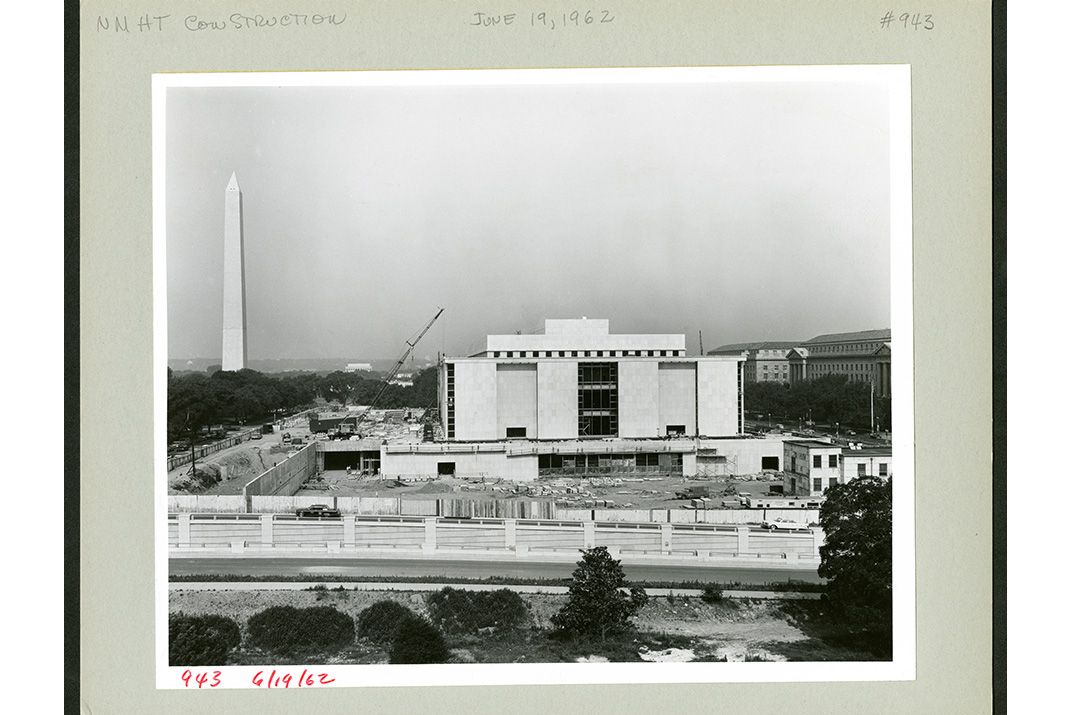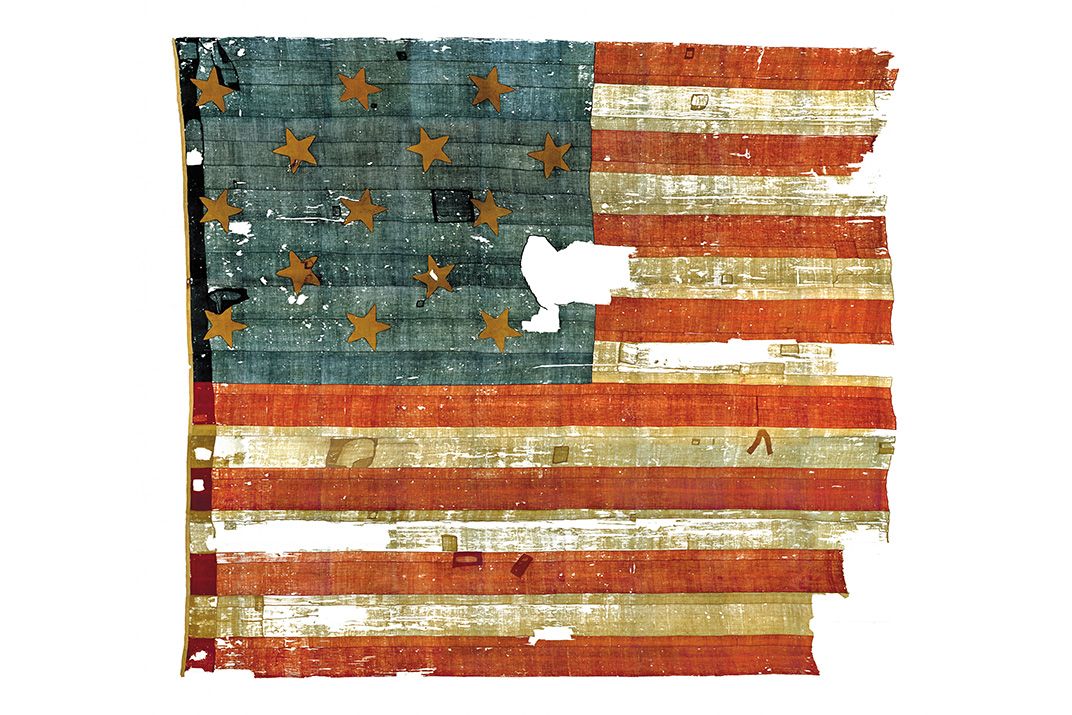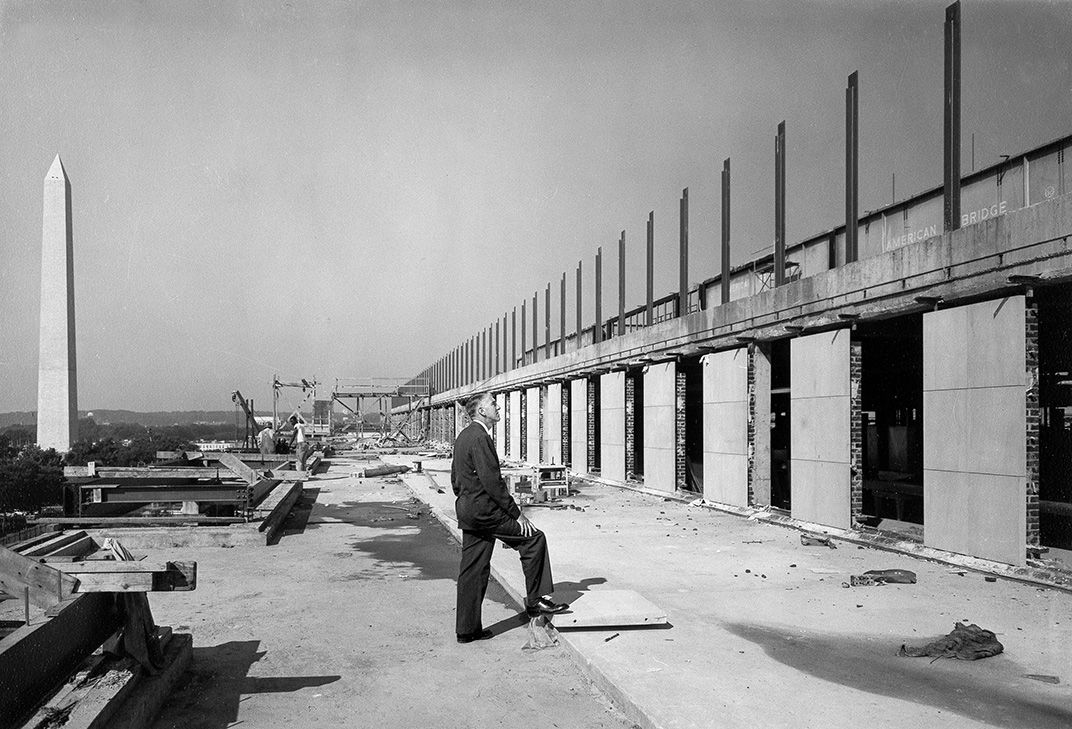Previewing the Smithsonian’s Plans for the 200th Anniversary of the Star-Spangled Banner
And at the same time, the American History Museum celebrates its 50th birthday
/https://tf-cmsv2-smithsonianmag-media.s3.amazonaws.com/filer/f7/77/f777bd42-1cf7-46de-bdd2-3e9403398444/01-from-castle-star-spangled-banner.jpg)
The Star-Spangled Banner, the flag that inspired Francis Scott Key to write the lyrics to our national anthem in 1814—its appearance above Fort McHenry proving that the American garrison had survived the British bombardment—has been a signature object at the National Museum of American History since the museum opened in 1964. So it’s fitting that the museum is tying together celebrations of its own 50th anniversary and the anthem’s 200th anniversary with events organized around the flag.
The banner never fails to thrill me. I was there on that day in 2008 when the museum reopened after a major renovation and the fragile banner, 30 by 34 feet, was back on display in a special new gallery. This year, in a landmark event, from June 14, Flag Day, to July 6, the banner will be joined for the first time with Key’s original manuscript of his lyrics, on loan from the Maryland Historical Society.
On Flag Day, as well, the museum is organizing a grand singalong of the anthem on the Mall, but extending, we hope, much farther. Taking part in “Raise it Up! Anthem for America,” in Washington, D.C., will be a celebrity singer, hundreds of members of American choruses, and, well, anyone else who wants to join in the party. What’s more, organizers have approached the Boy Scouts and the Girl Scouts, and the State Department, about encouraging singalongs across the nation and the globe. We’ve got our eye on setting a new Guinness World Record for largest collective national-anthem performance. (Check in at anthemforamerica.si.edu for updates and multimedia features.)
The National Museum of American History began life as the National Museum of Technology and History; the name was changed in 1980. To celebrate its 50th anniversary more specifically, exhibitions opening in April will highlight developments in American science and culture circa 1964. Announcing that theme with flair will be a baby blue 1965 Ford Mustang (built in ’64, the car’s debut year) on the museum’s ground floor. We’ll also have a model of an IBM System/360 mainframe and descriptions of the seismic sensors designed to detect secret Soviet nuclear testing. Cultural displays will touch on events ranging from the March on Washington to the spaceflights of the Mercury Seven astronauts.
Over time, the science and cultural sides of the museum, which attracts five million visitors annually, have become better integrated. But one thing hasn’t changed. From “A Nation of Nations,” an exhibition on immigration that ran from 1976 to 1991, to “The Price of Freedom: Americans at War,” which opened in 2004, the museum has served as a space for Americans to come together and ponder their diverse histories—and collective identity. That’s a mission well worth celebrating.
/https://tf-cmsv2-smithsonianmag-media.s3.amazonaws.com/accounts/headshot/wayne-clough-240.png)



/https://tf-cmsv2-smithsonianmag-media.s3.amazonaws.com/accounts/headshot/wayne-clough-240.png)